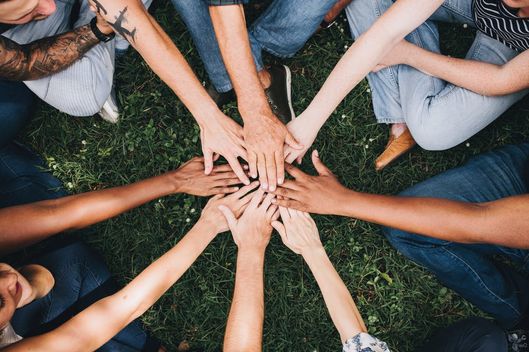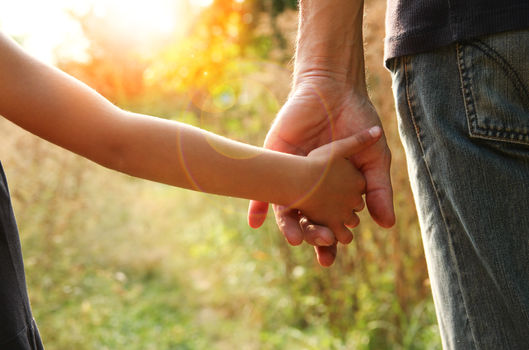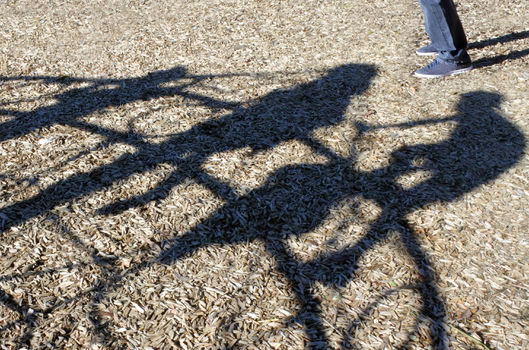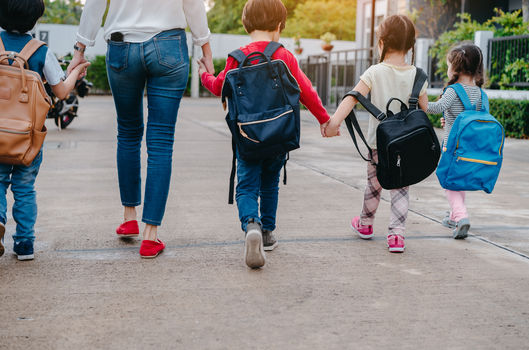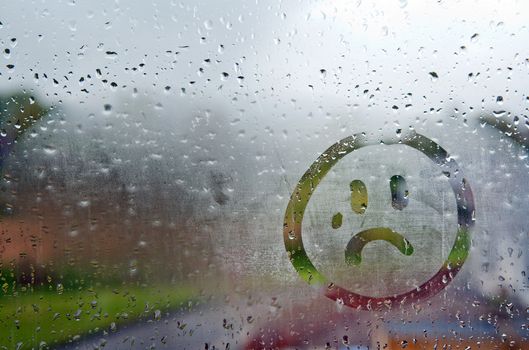What is Child Sexual Abuse?
“Forcing or enticing a child or young person to take part in sexual activities, not necessarily involving a high level of violence, whether or not the child is aware of what is happening. The activities may involve physical contact, including assault by penetration (for example, rape or oral sex) or non-penetrative acts such as masturbation, kissing, rubbing and touching outside of clothing"
They may also include non-contact activities, such as involving children in looking at, or in the production of, sexual images, watching sexual activities, encouraging children to behave in sexually inappropriate ways, or grooming a child in preparation for abuse (including via the internet)” This would include prostitution and sexual exploitation of a child for commercial or financial gain.
Child Sexual Abuse and the internet
As well as the activities described above, there is also the serious and growing problem of people making and downloading sexual images of children on the Internet. To view child sexual abuse images is to participate in the abuse of a child. People who look at this material need help to prevent their behaviour from becoming even more serious.
Child sexual exploitation is a form of child abuse which is complex and can manifest itself in different ways. Essentially it involves children and young people receiving something - for example, accommodation, drugs, gifts or affection - in exchange for sexual activity or having others perform sexual activities on them.
Sexual exploitation of children and young people under 18 involves exploitative situations, contexts and relationships where young people (or a third person or persons) receive 'something' (e.g. food, accommodation, drugs, alcohol, cigarettes, affection, gifts, money) as a result of them performing, and/or another or others performing on them, sexual activities.
Child sexual exploitation can occur through the use of technology without the child's immediate recognition; for example being persuaded to post sexual images on the Internet/mobile phones without immediate payment or gain. In all cases, those exploiting the child/young person have power over them by virtue of their age, gender, intellect, physical strength and/or economic or other resources.
Violence, coercion and intimidation are common, involvement in exploitative relationships being characterised in the main by the child or young person's limited availability of choice resulting from their social/economic and/or emotional vulnerability.
|
Stop It Now! have developed a What's the problem? booklet to help adults answer some of the immediate questions you may have after learning that something is happening, or has happened, in your child's online life.
|
|
This leaflet is a guide for parents of children and young people who have got into trouble online. It is an Easy Read version of our "Whats the problem?" booklet |
What does it involve?
Child Sexual Abuse includes touching and non-touching activity.
Some examples of touching activity include:
- touching a child's genitals or private parts for sexual pleasure
- making a child touch someone else's genitals
- encouraging a child to play sexual games or have sex
- putting objects or body parts (like fingers, tongue or penis) inside the vagina, mouth or in the anus of a child for sexual pleasure
Some examples of non-touching activity include:
- showing pornography to a child
- deliberately exposing an adult's genitals to a child
- photographing a child in sexual poses
- encouraging a child to watch or hear sexual acts
- inappropriately watching a child undress or use the bathroom
These are just a few examples - be aware that children/young people may not want to tell - but might also drop hints and clues about the abuse.
Warning signs that a child is being sexually abused or exploited
Children often show us rather than tell us that something is happening - What are the warning signs of child sexual abuse?
Warning signs that an adult might be a risk to a child or a young person
Concerned about an adults behaviour with a child? Trust your concerns.
SMART rules for adults to share with children
There are no "one-size" fits all but here are a few suggestions.
Child Sexual Abuse - Dispelling the myths
There are lots of myths in the area of child sexual abuse. Let's dispel some of these and learn the truth.
Did you know?
1 in 3 children sexually abused by an adult did not tell anyone
Source - Radford, L. et al (2011)
Read more